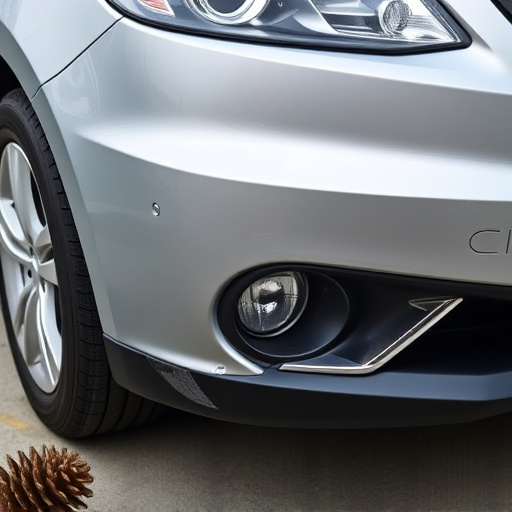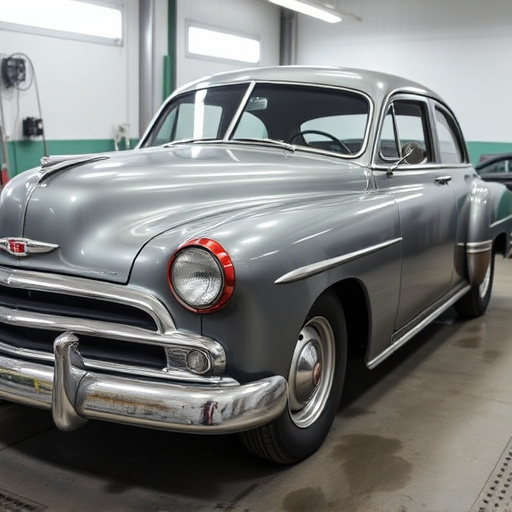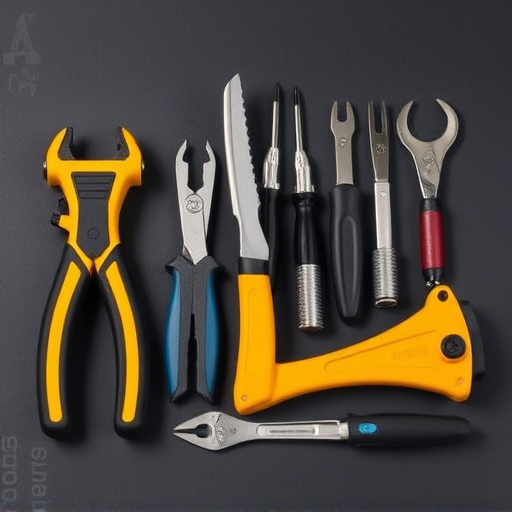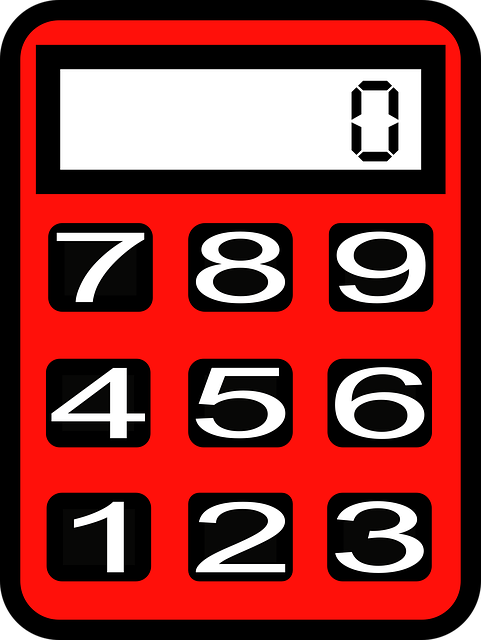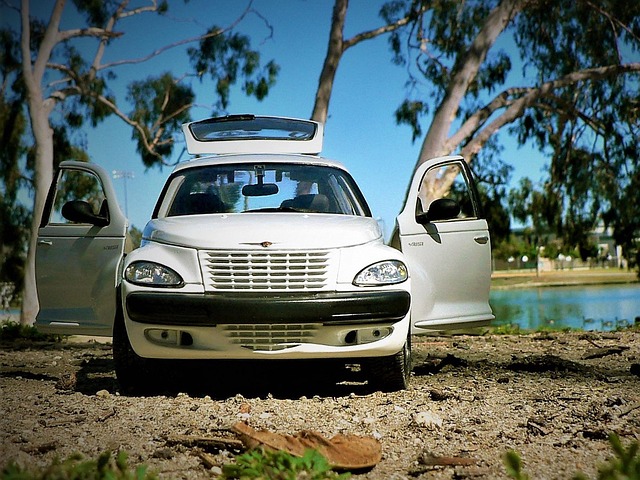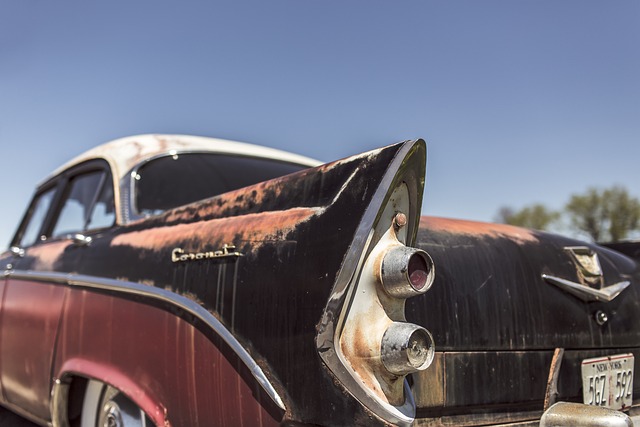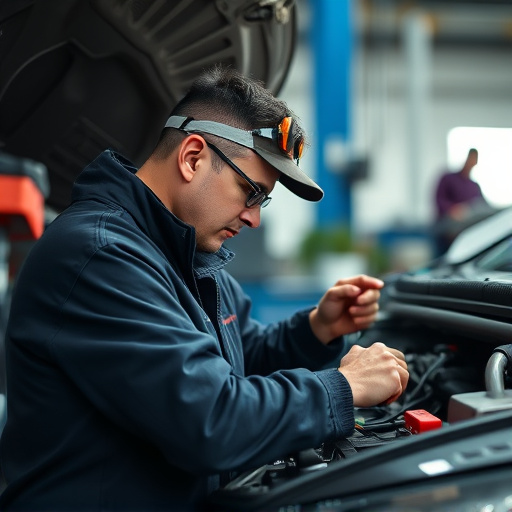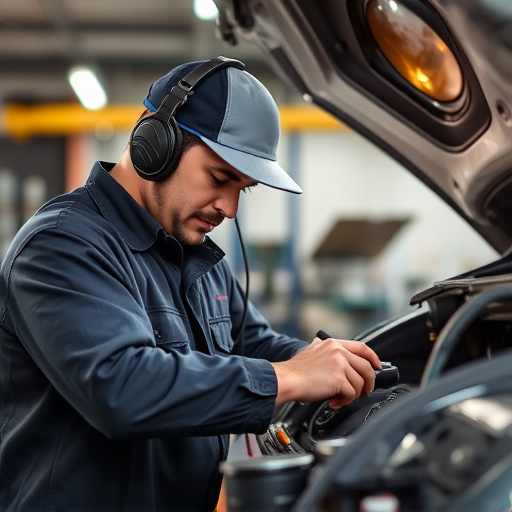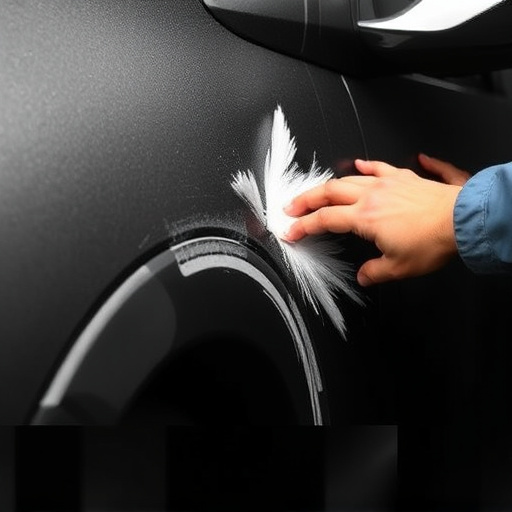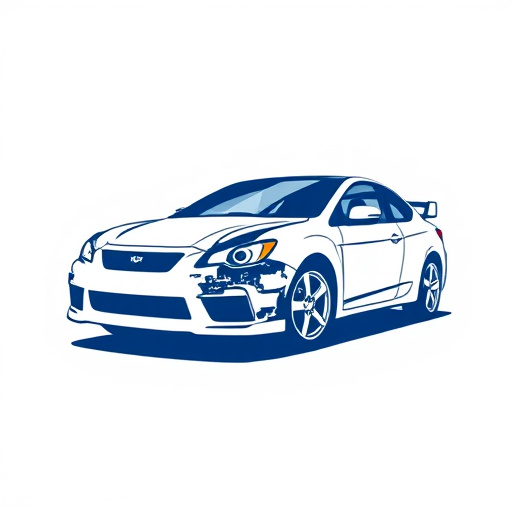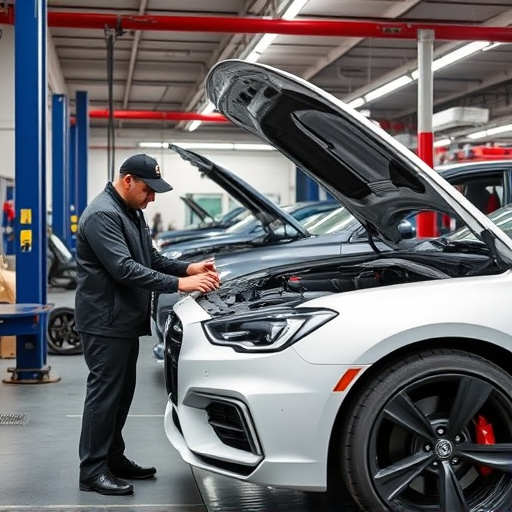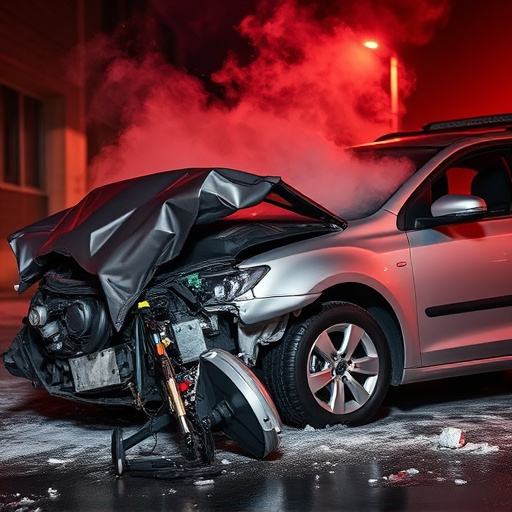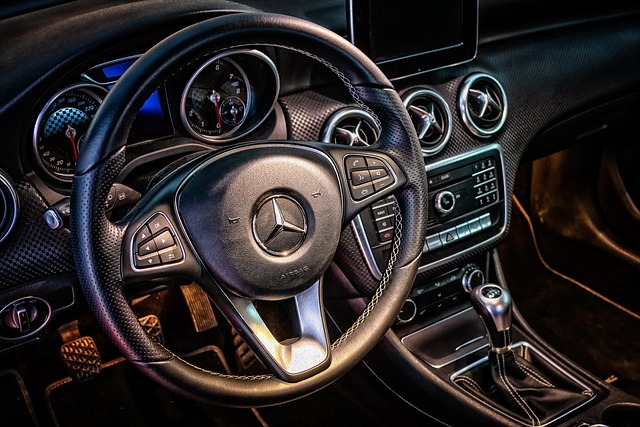Paint and finish are key in accident repair estimates, protecting vehicles from corrosion and enhancing aesthetics. High-quality materials and skilled labor impact costs, with specialized products raising expenses. Advanced techniques like precision dent removal minimize damage, reduce turnaround times, enhance customer satisfaction, and promote sustainability, transforming competitive accident repair estimates.
In the realm of accident repair, understanding the intricate dance between paint and finish is a game-changer. These elements significantly influence estimates, with materials and labor costs acting as pivotal drivers. Efficient repair strategies, by prioritizing minimal impact, can revolutionize the process. This article delves into these crucial aspects, offering insights on how to navigate the complex landscape of accident repair estimates, ensuring both quality and cost-effectiveness.
- Understanding Paint and Finish Roles in Repairs
- Materials, Labor Costs: Key Drivers of Estimates
- Minimizing Impact: Efficient Repair Strategies
Understanding Paint and Finish Roles in Repairs
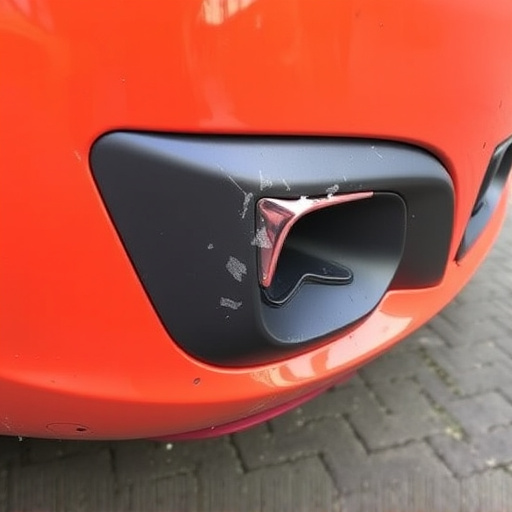
In the realm of accident repair estimates, understanding the intricate roles of paint and finish is paramount. Paint serves as a protective coating, safeguarding the car’s structural integrity from corrosion and environmental factors. It also plays a significant role in aesthetics, restoring the vehicle to its original appearance or enhancing it with desired colors and finishes. Similarly, finishes act as the final layer, ensuring smooth surfaces, enhancing durability, and providing a glossy or matte finish based on customer preferences.
For an auto repair shop handling everything from routine maintenance to complex car body repair, the quality of paint and finish work directly impacts the overall restoration process and customer satisfaction. In luxury vehicle repairs, where precision and detail are paramount, skilled technicians must use specialized techniques and materials to match the exact shade and texture of the original finish, ensuring the vehicle retains its high-end appearance post-repair.
Materials, Labor Costs: Key Drivers of Estimates
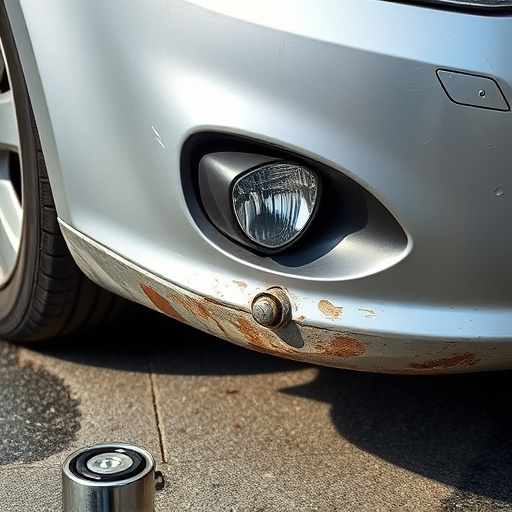
The materials used in accident repair play a significant role in estimating costs. Paint and finishes are critical components that can impact both the time and financial outlay for restoration. In automotive repair, especially with classic car restoration projects, the choice of materials can vary widely based on factors like availability, quality, and authenticity required to match the vehicle’s original condition. High-quality paints and specialized finishes used in fender repair can significantly influence the final accident repair estimates due to their complexity and skill-intensive application.
Labor costs are another critical driver of accident repair estimates. Skilled technicians require specific training to handle diverse paint systems, which increases labor expenses. Complex restoration work, such as meticulous classic car restoration, often demands more time and effort, thereby amplifying the overall cost. It’s essential for automotive repair shops to provide transparent quotes that break down both material and labor costs to give customers a clear understanding of the accident repair estimates involved in restoring their vehicles to pre-accident condition.
Minimizing Impact: Efficient Repair Strategies
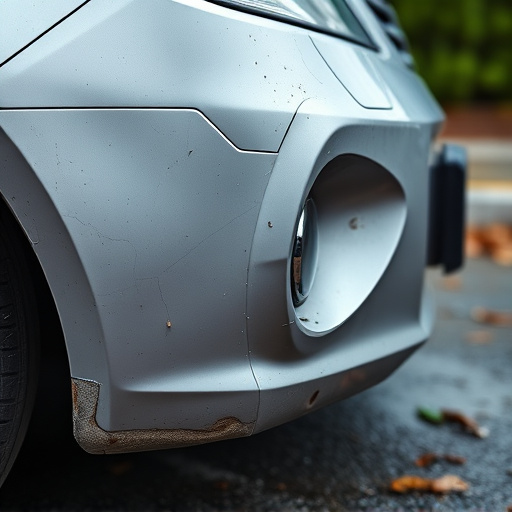
In the realm of accident repair estimates, minimizing the impact of damage is a key strategy to efficiently reduce costs and turnaround times. Efficient repair strategies focus on leveraging advanced techniques like precision dent removal and meticulous vehicle restoration methods. These approaches not only ensure that the car body repair is done accurately but also help in preserving the vehicle’s original aesthetic value. By combining these techniques with streamlined processes, repair shops can significantly impact accident repair estimates, making them more accurate and competitive.
The goal of minimizing damage impact translates directly into reduced need for extensive car body repair and higher satisfaction among customers. Efficient strategies also foster a culture of sustainability by minimizing waste and resource consumption, which is beneficial both financially and environmentally. In today’s market, where customers are increasingly conscious about costs and quality, these strategies prove to be game-changers in the way accident repair estimates are calculated and delivered.
In conclusion, understanding how paint and finish influence accident repair estimates is paramount for efficient and cost-effective vehicle restoration. By recognizing the critical roles of materials and labor costs, as well as adopting efficient repair strategies, bodyshops can minimize impact and deliver precise, competitive accident repair estimates. These insights empower professionals to navigate complex repairs, ultimately enhancing customer satisfaction and maintaining a competitive edge in the industry.
